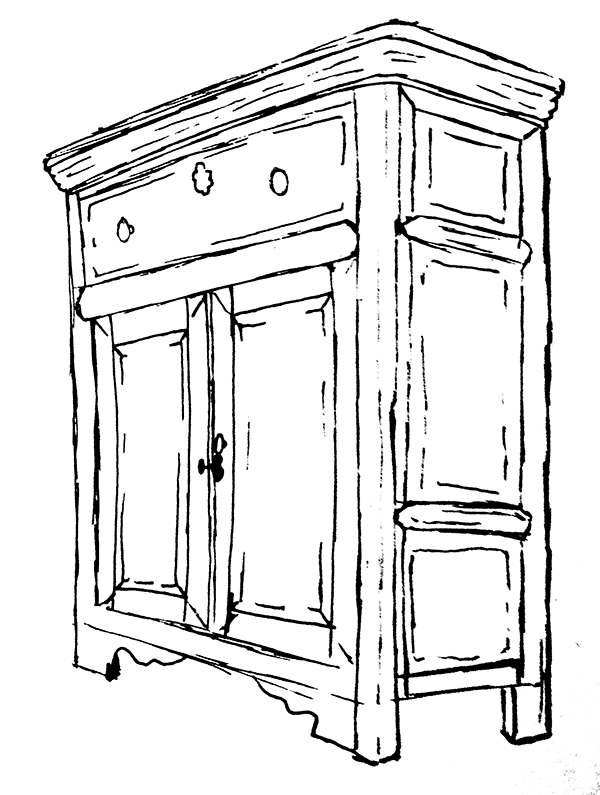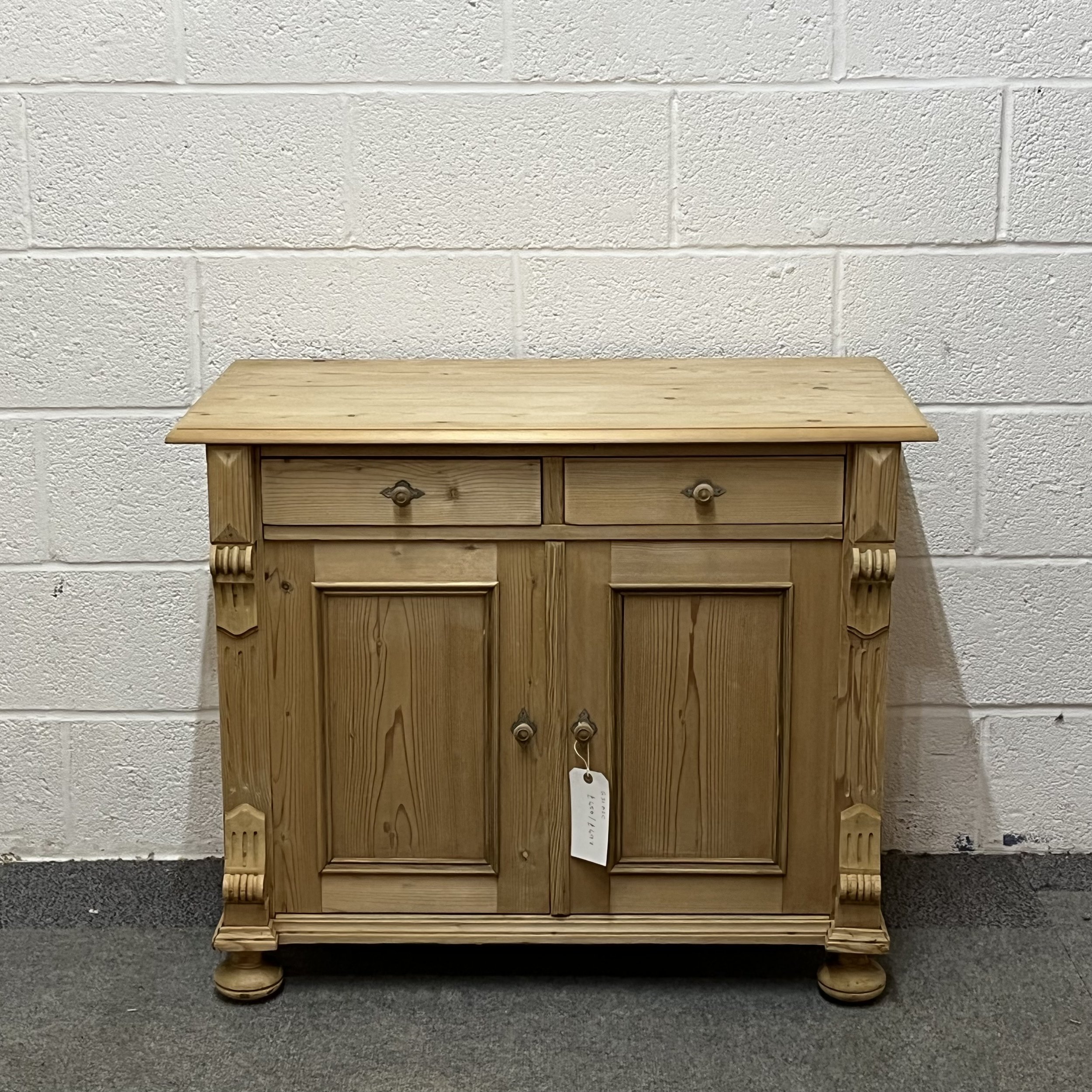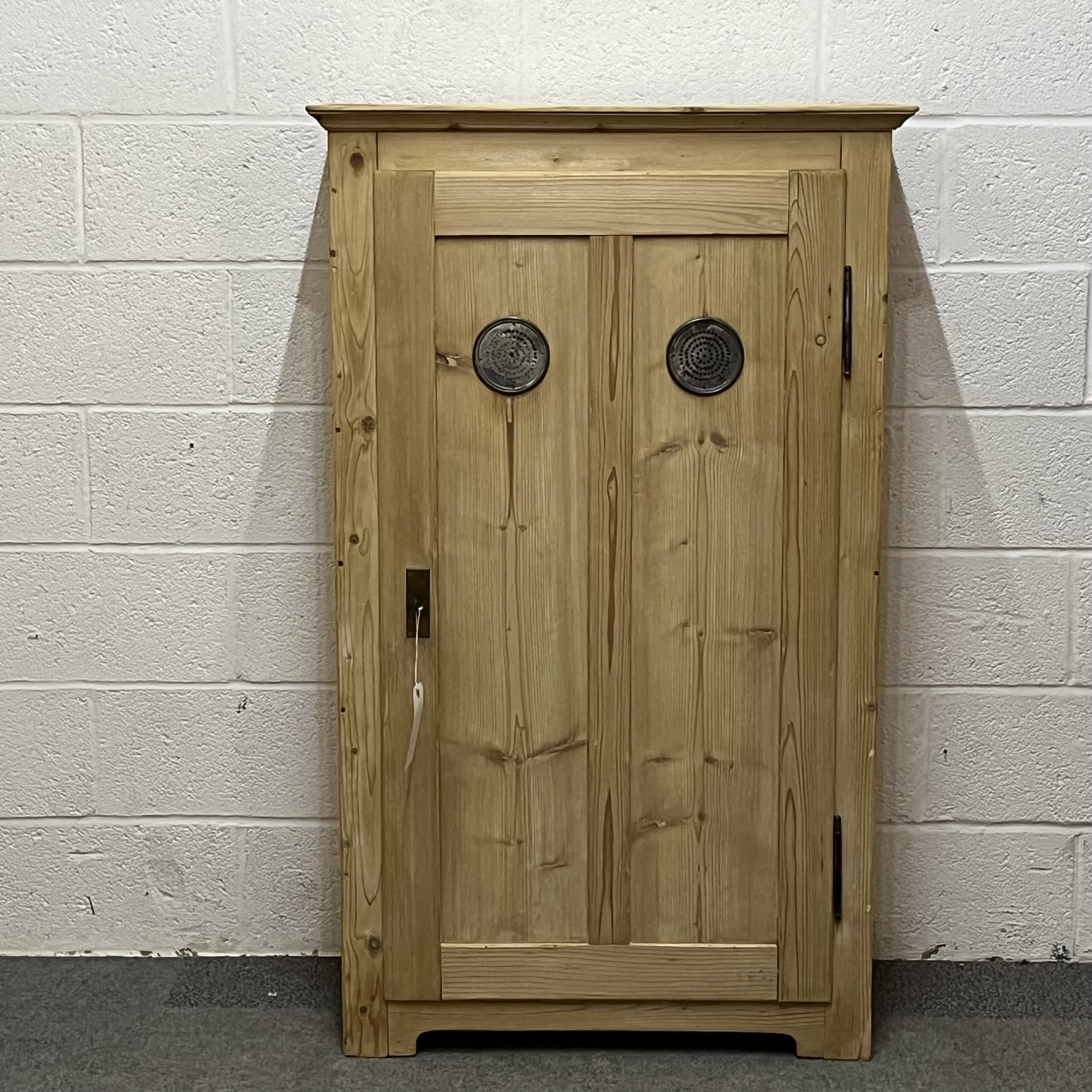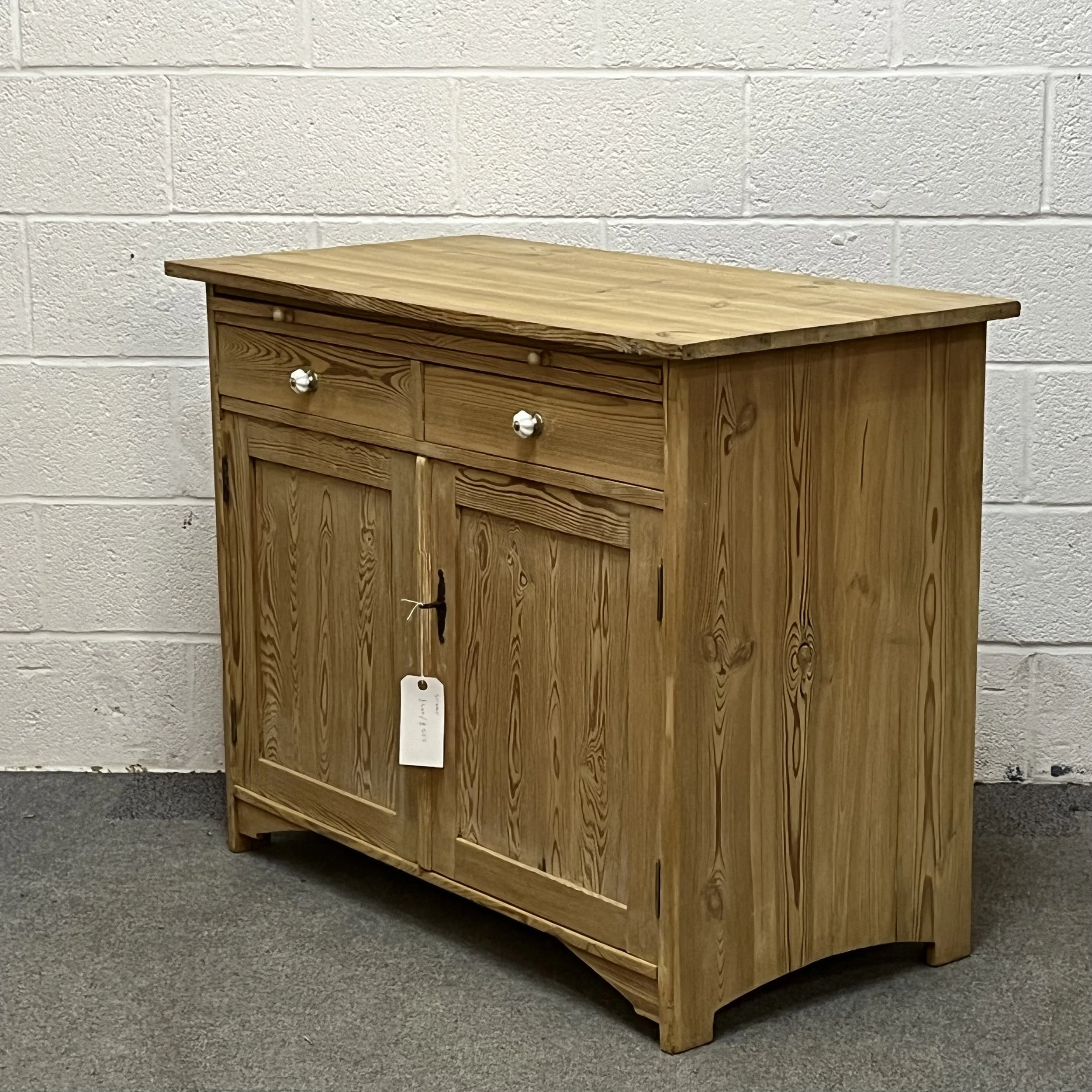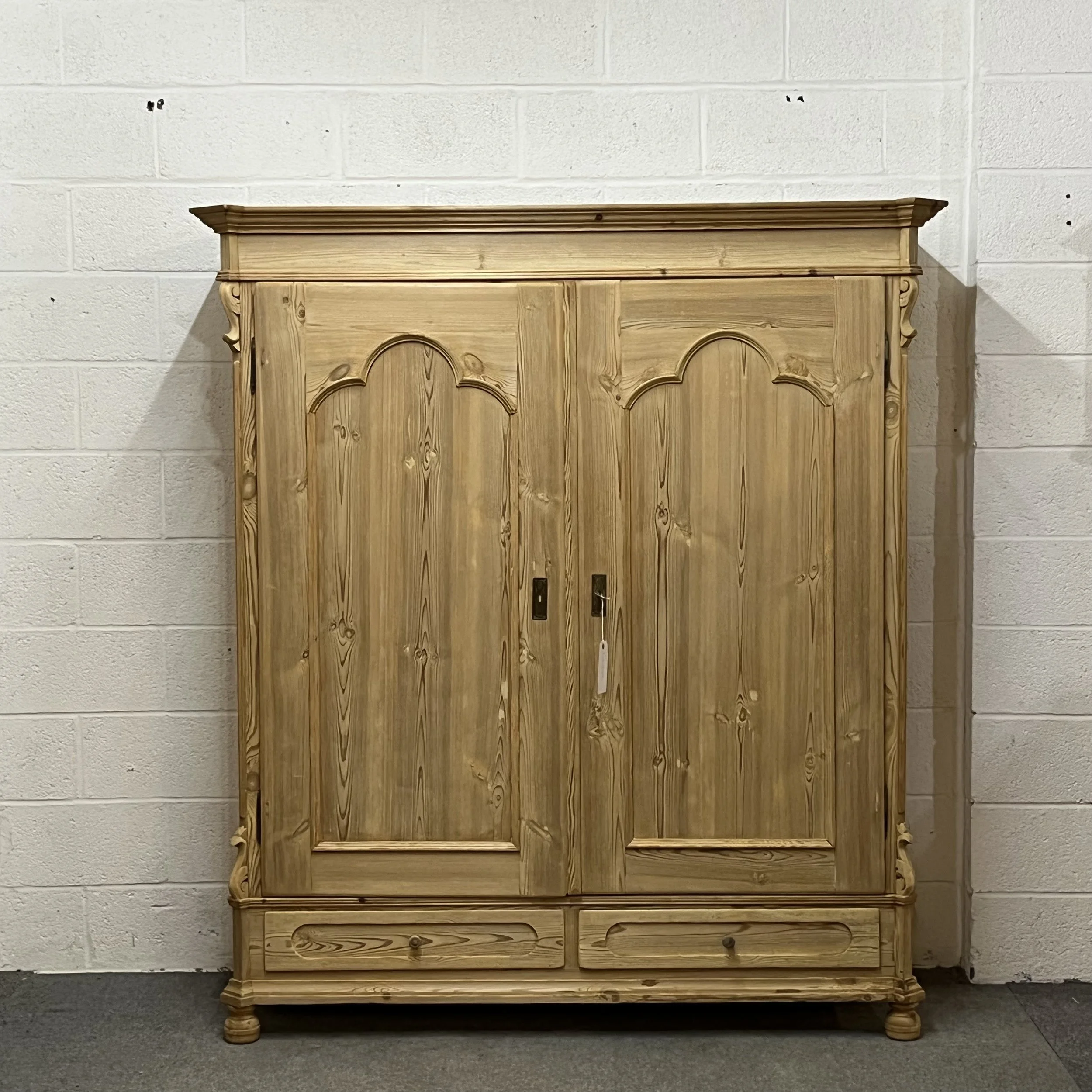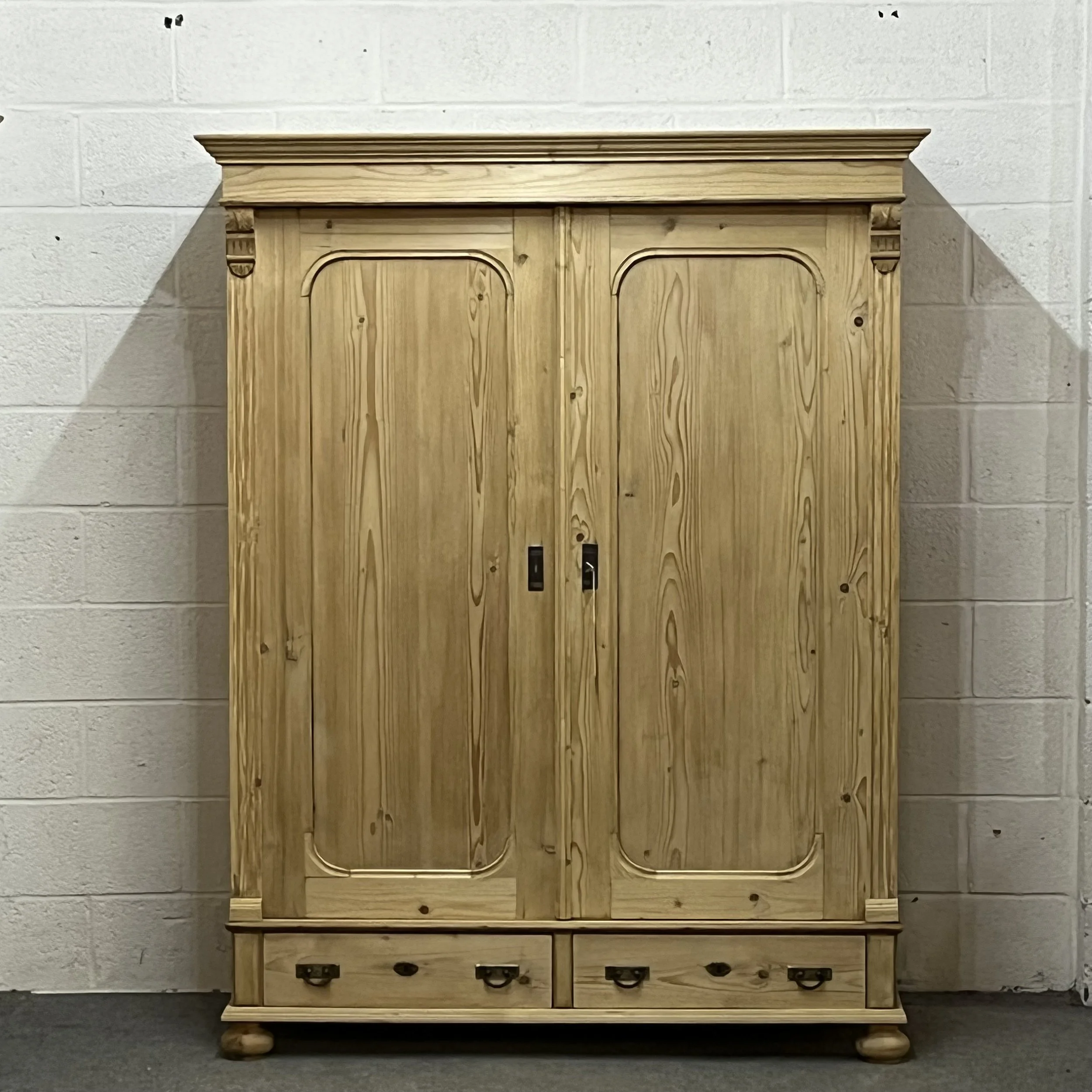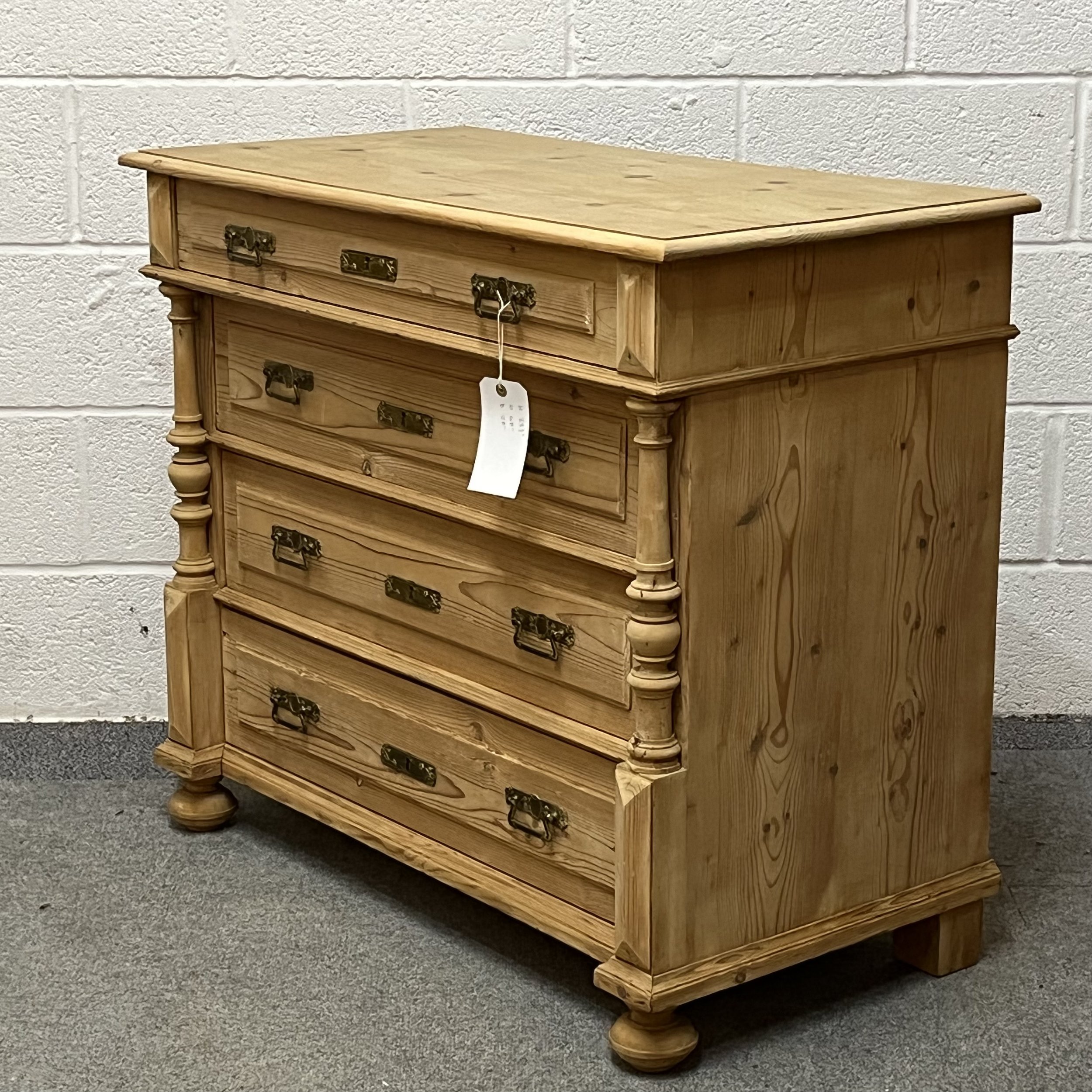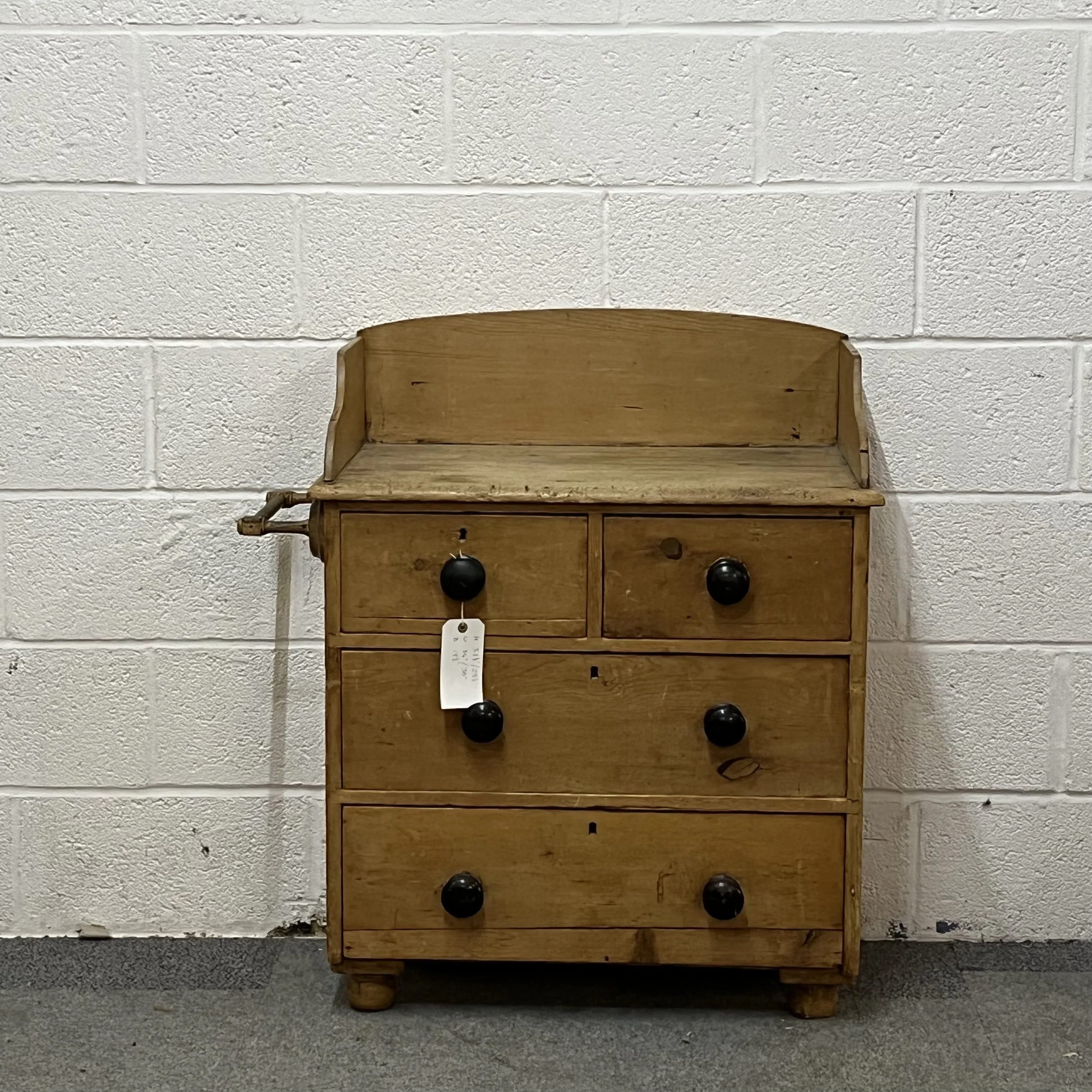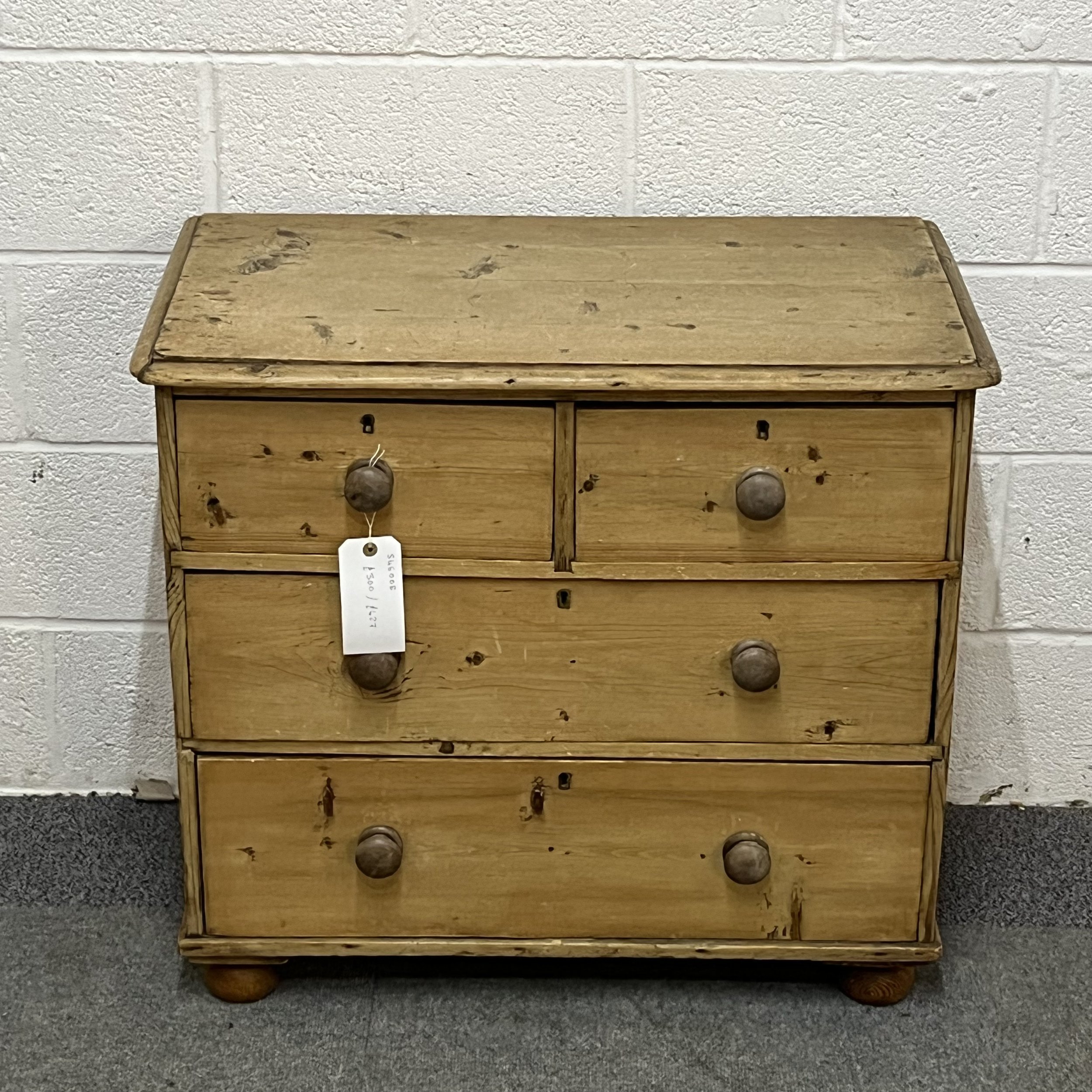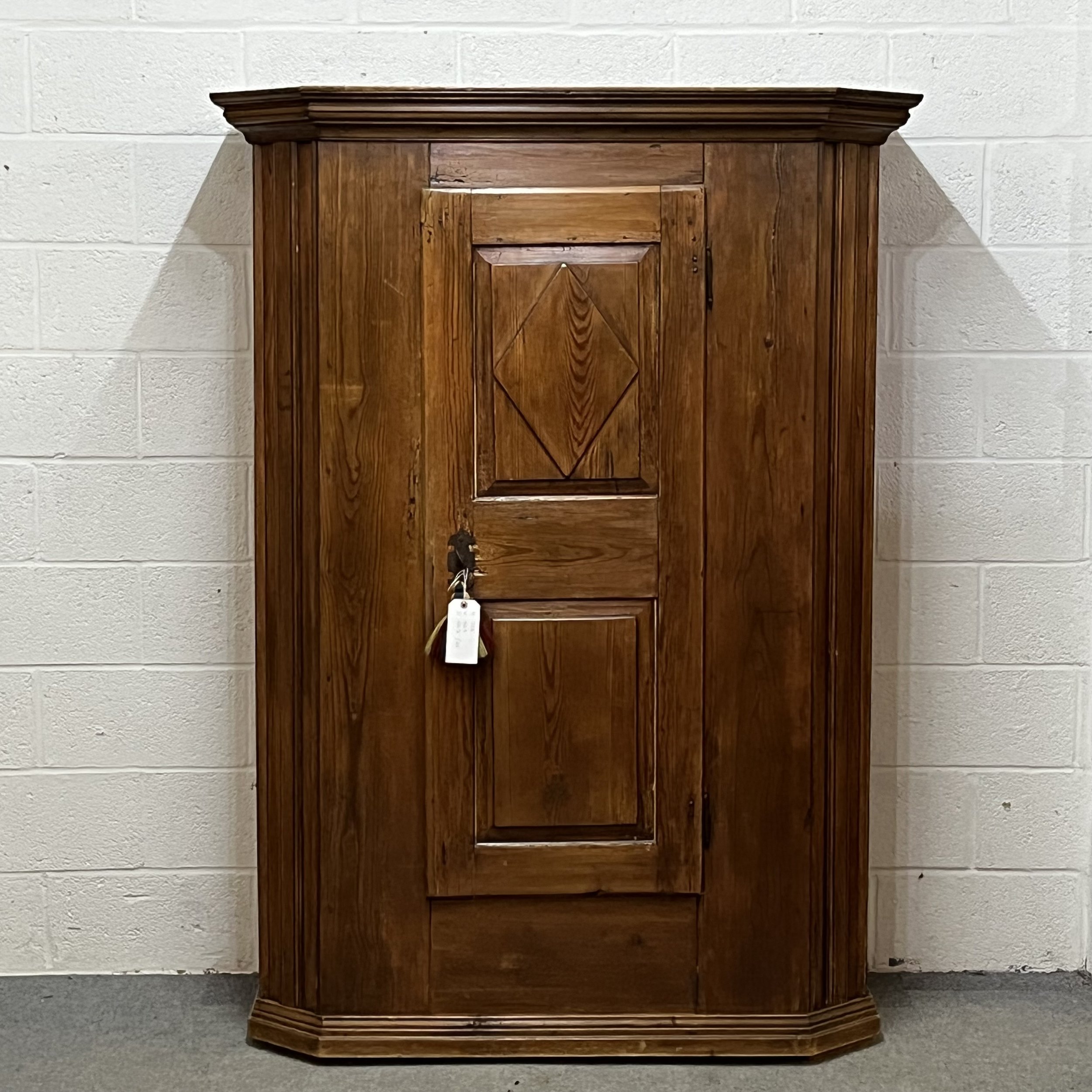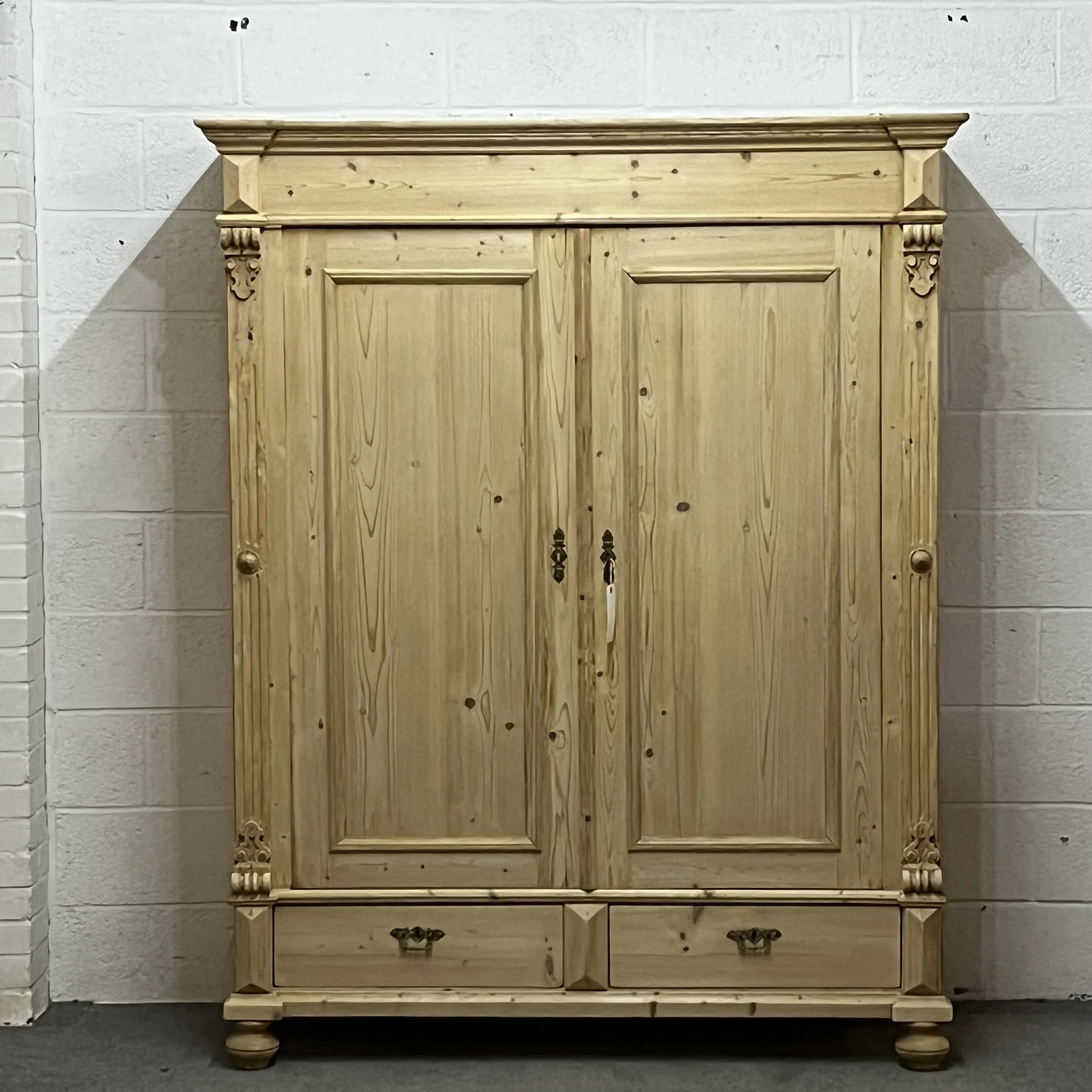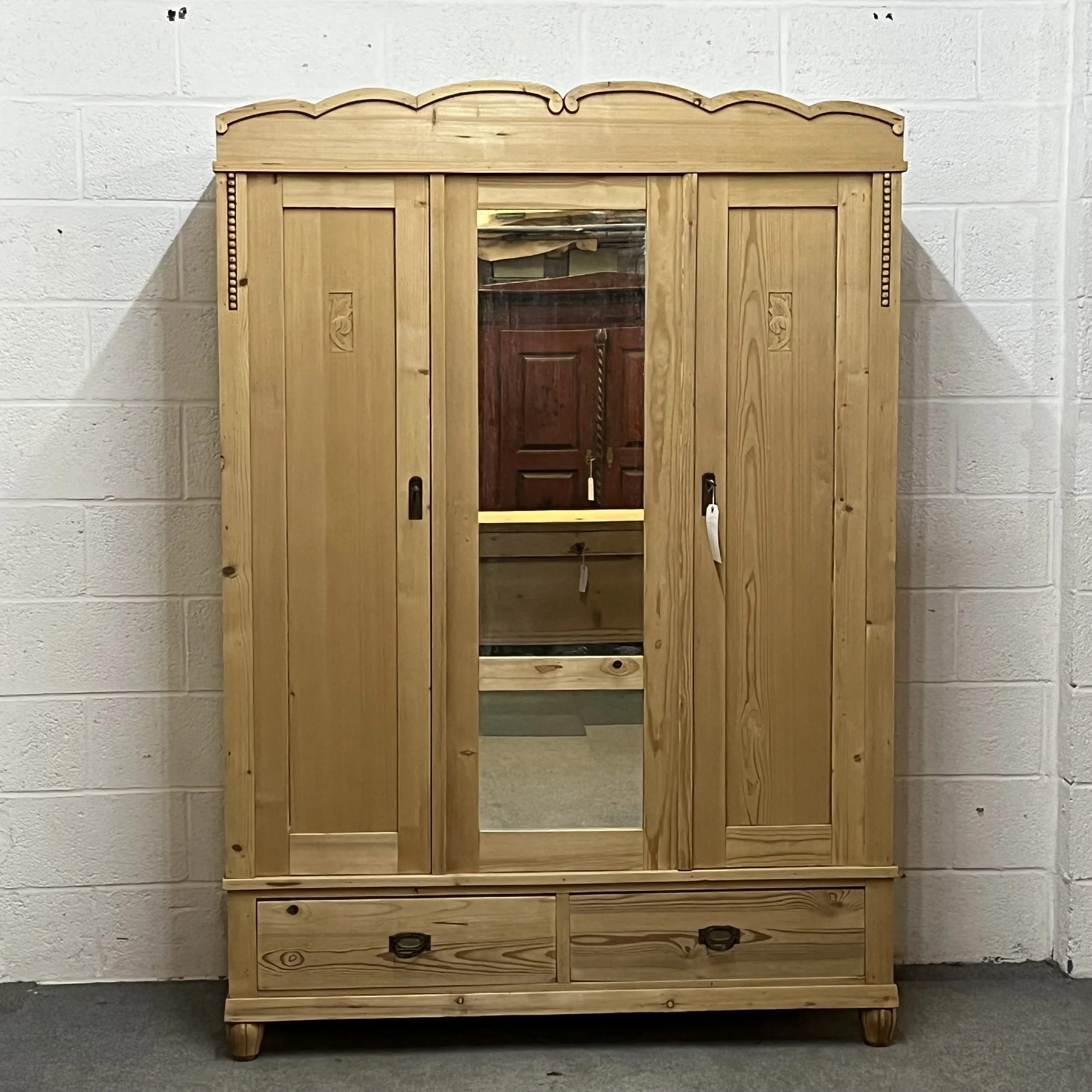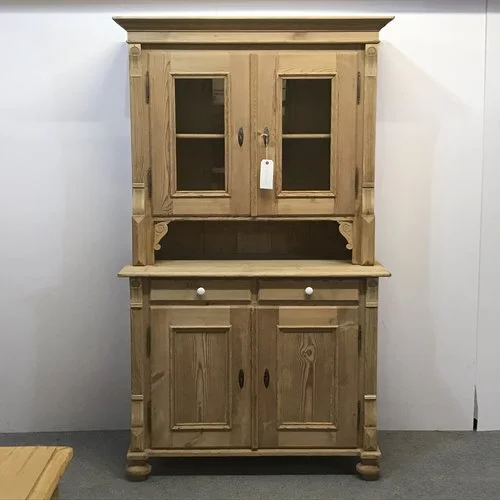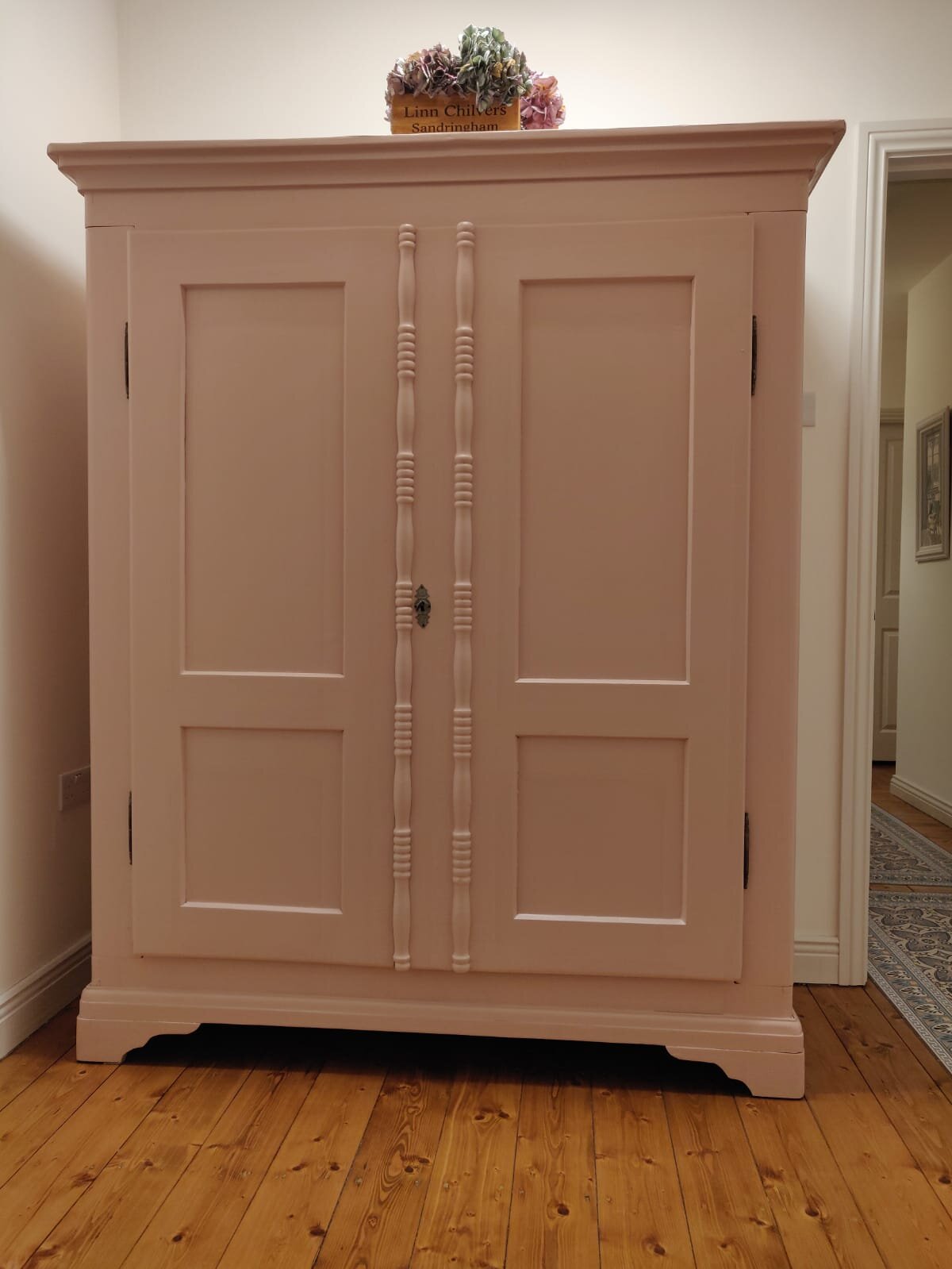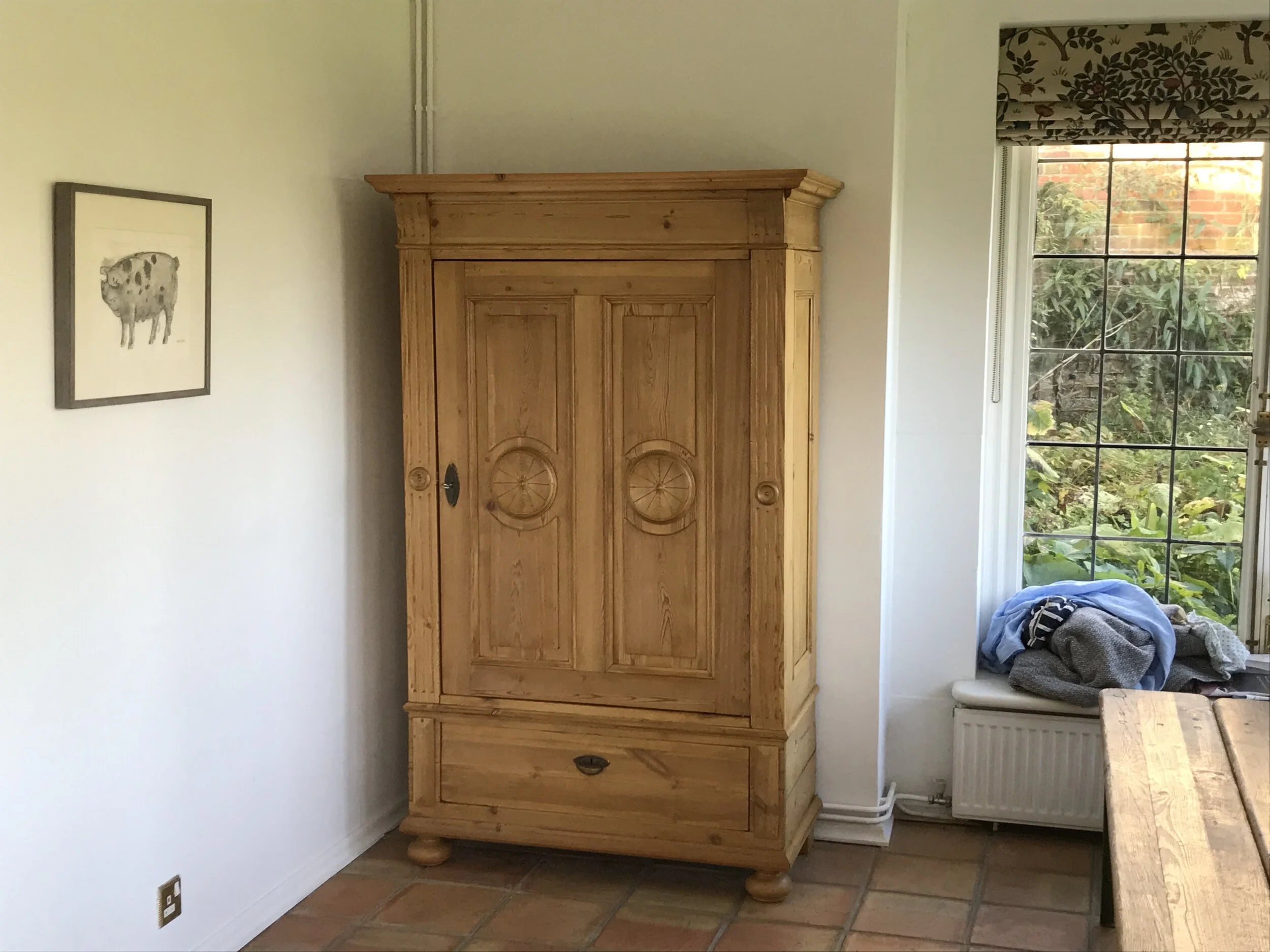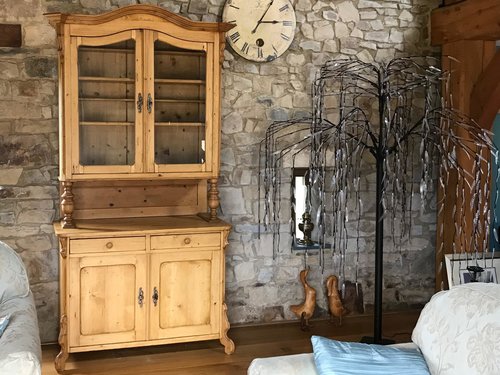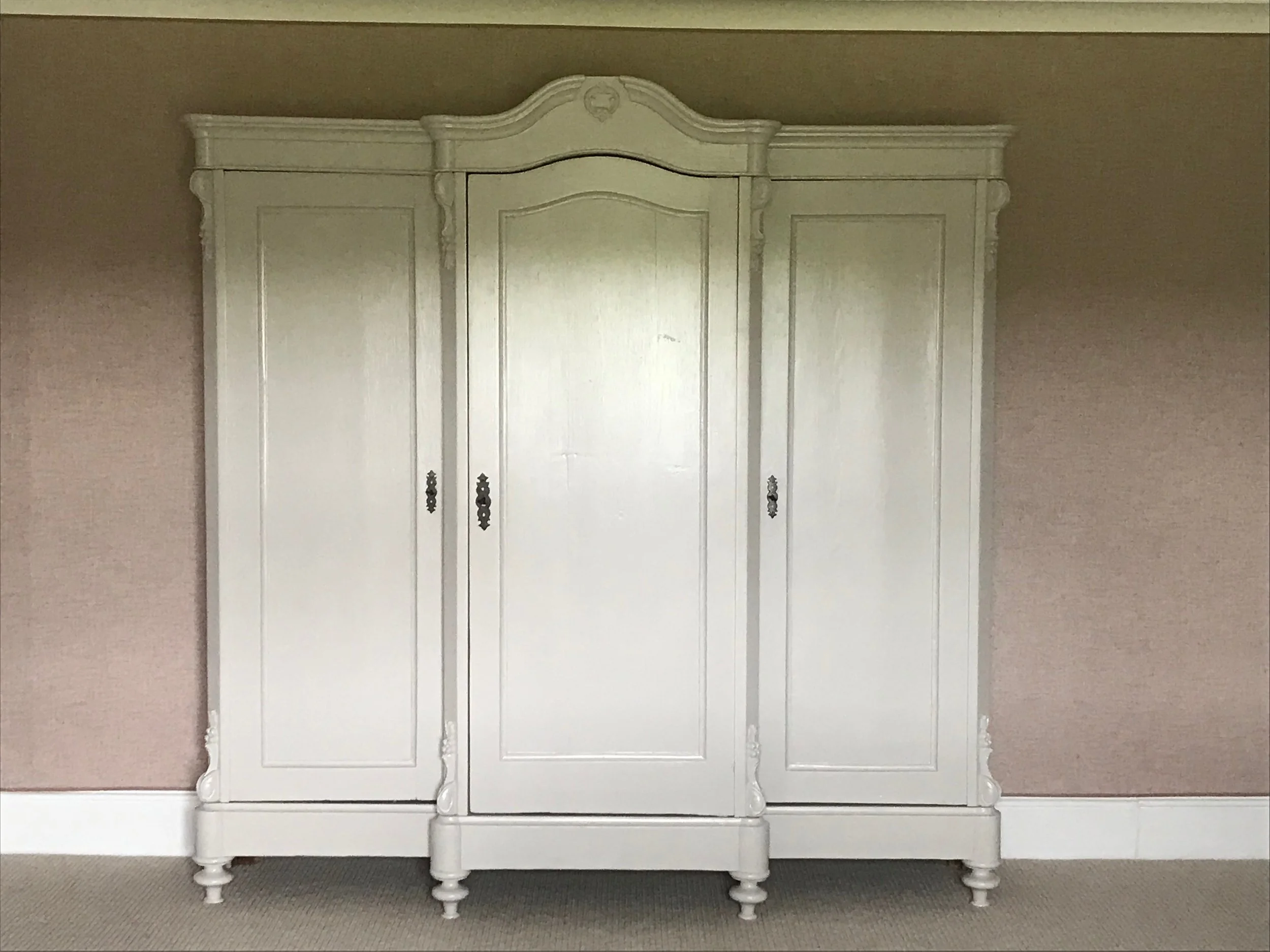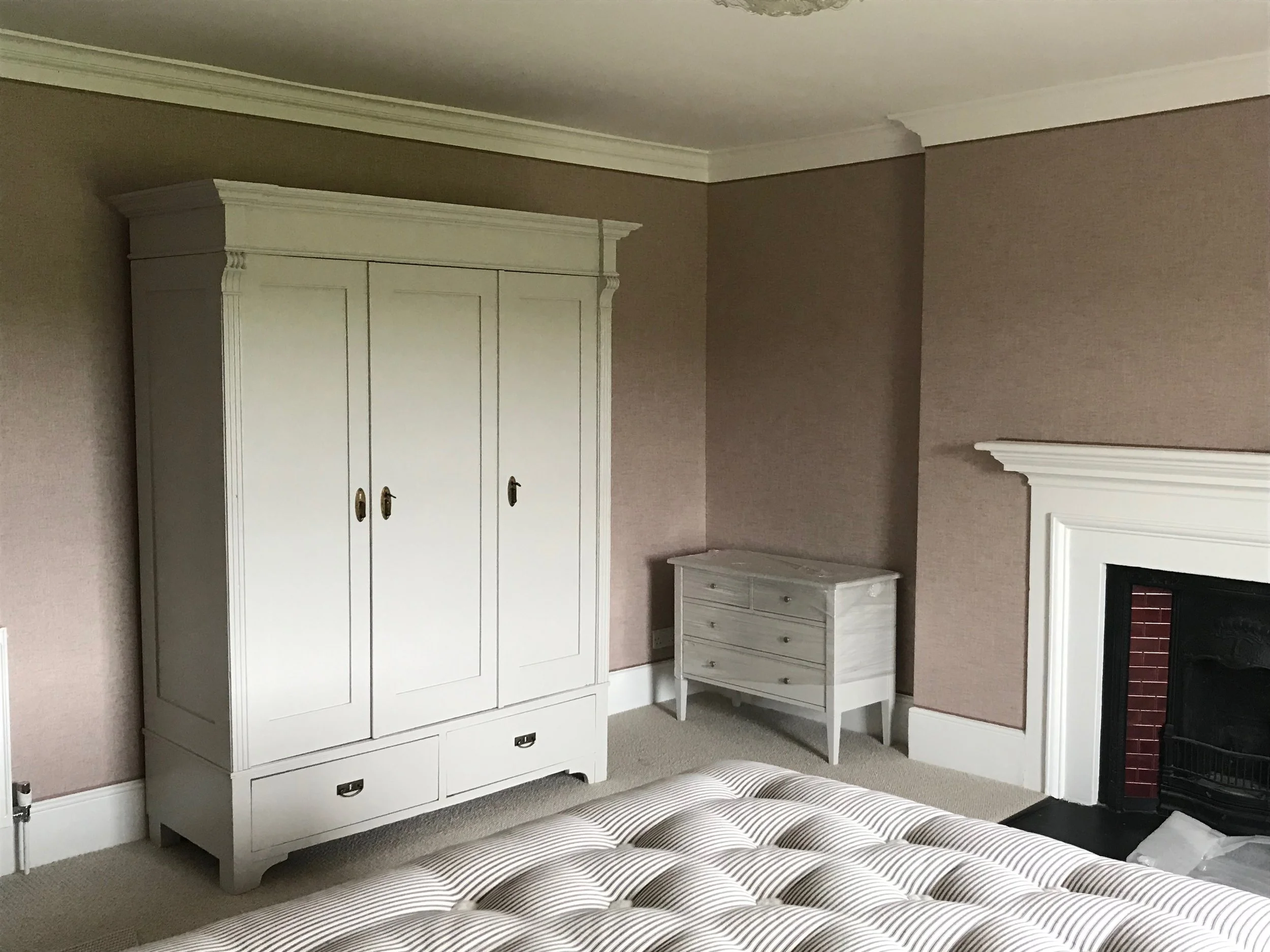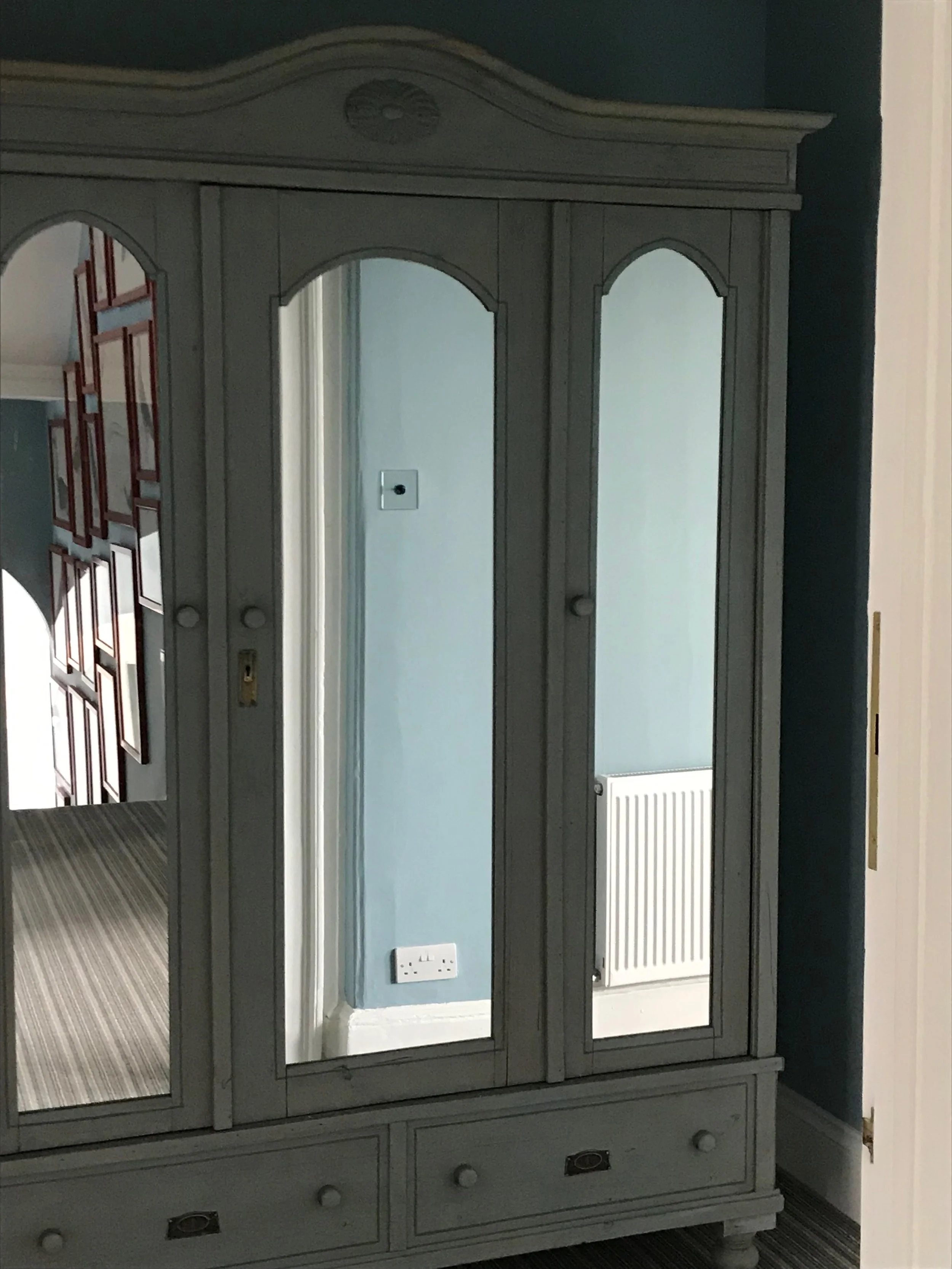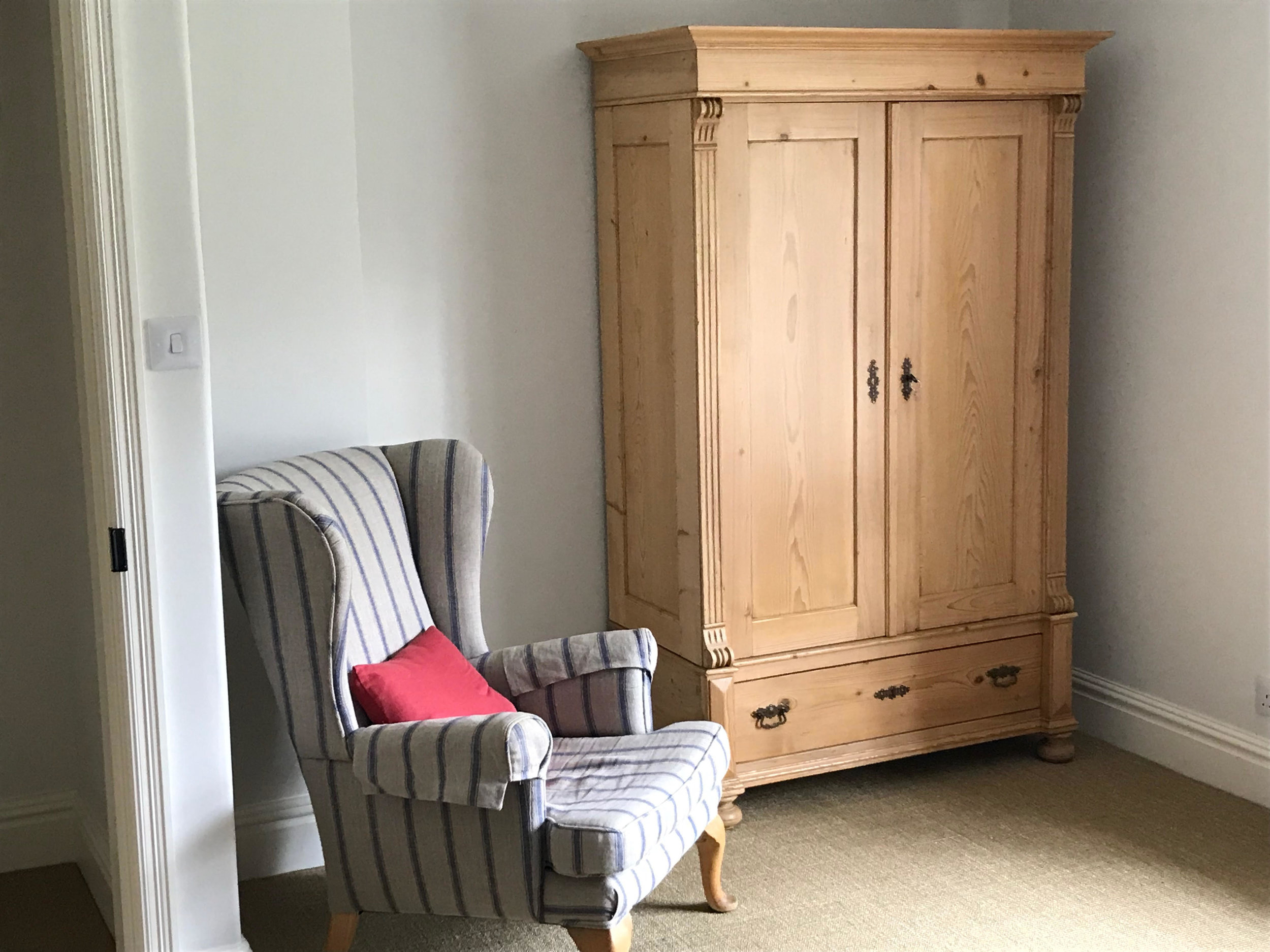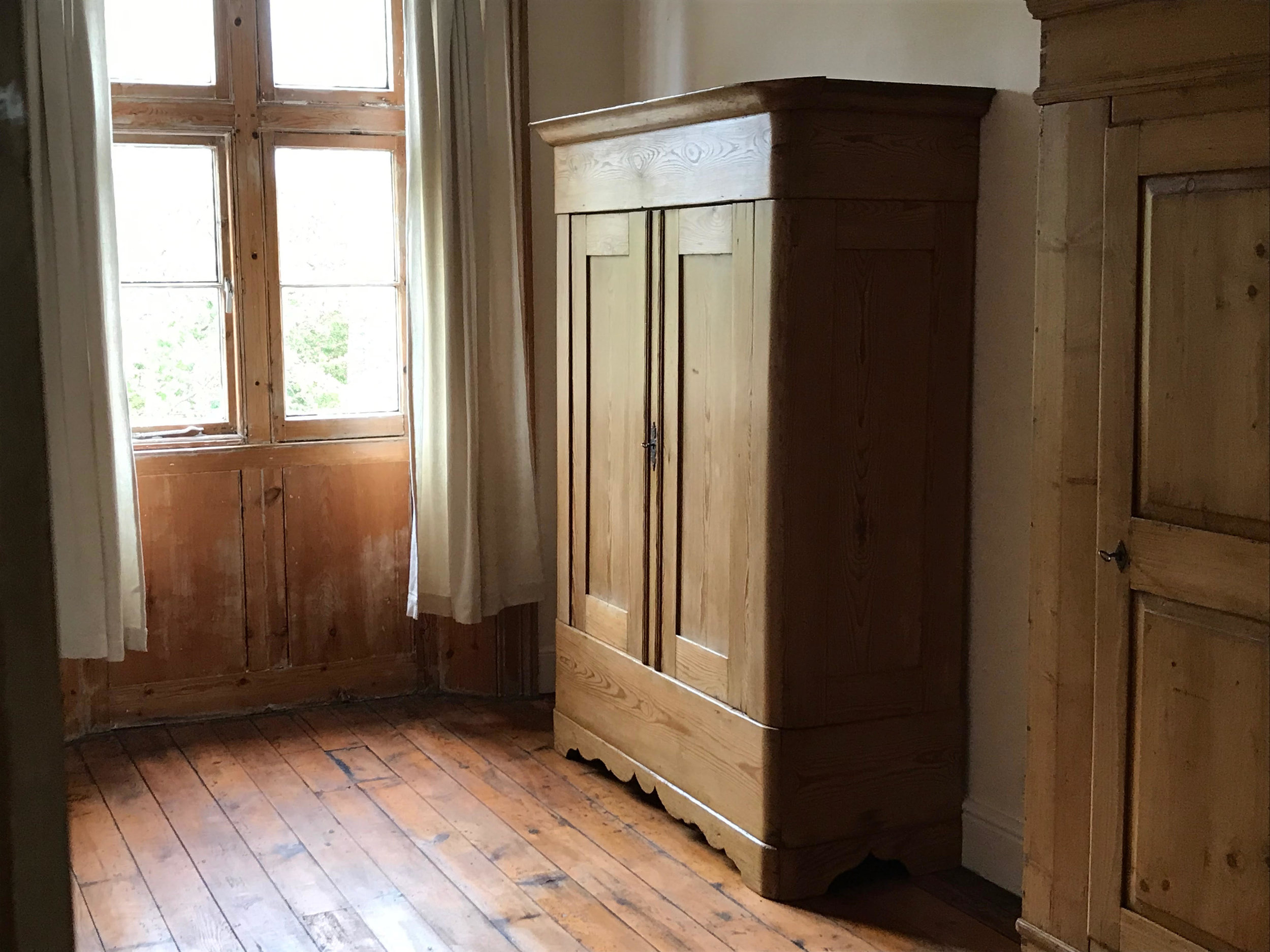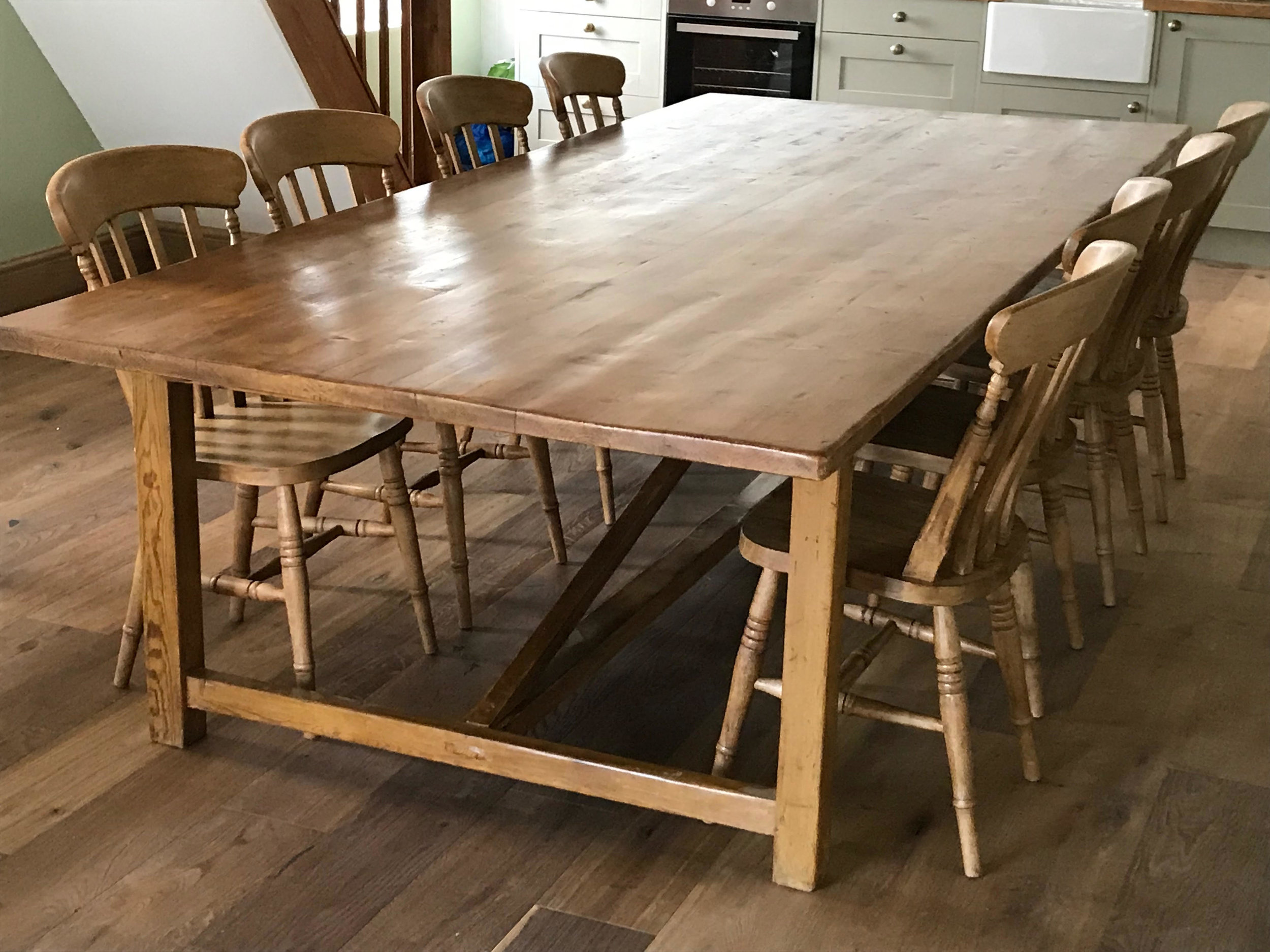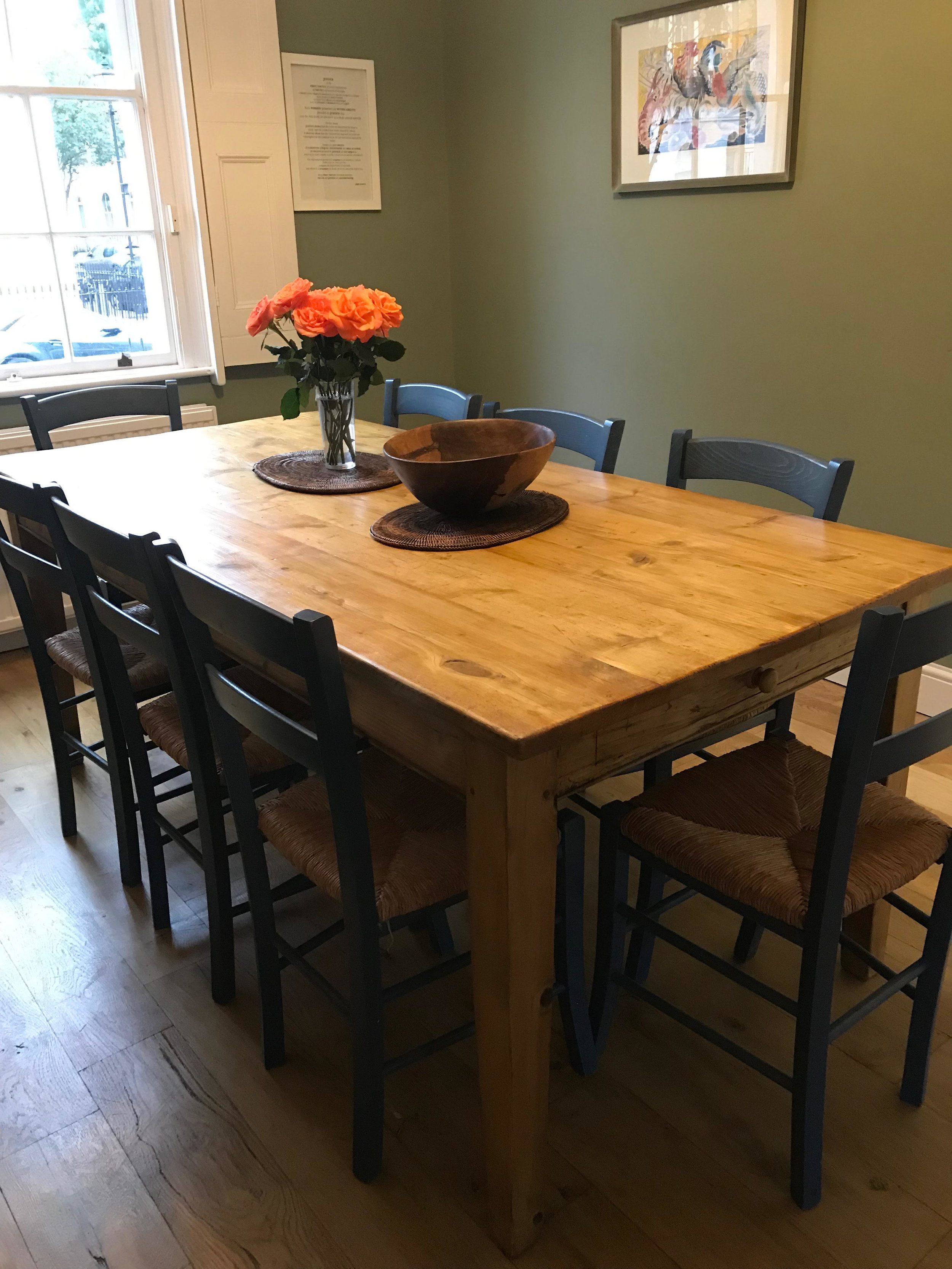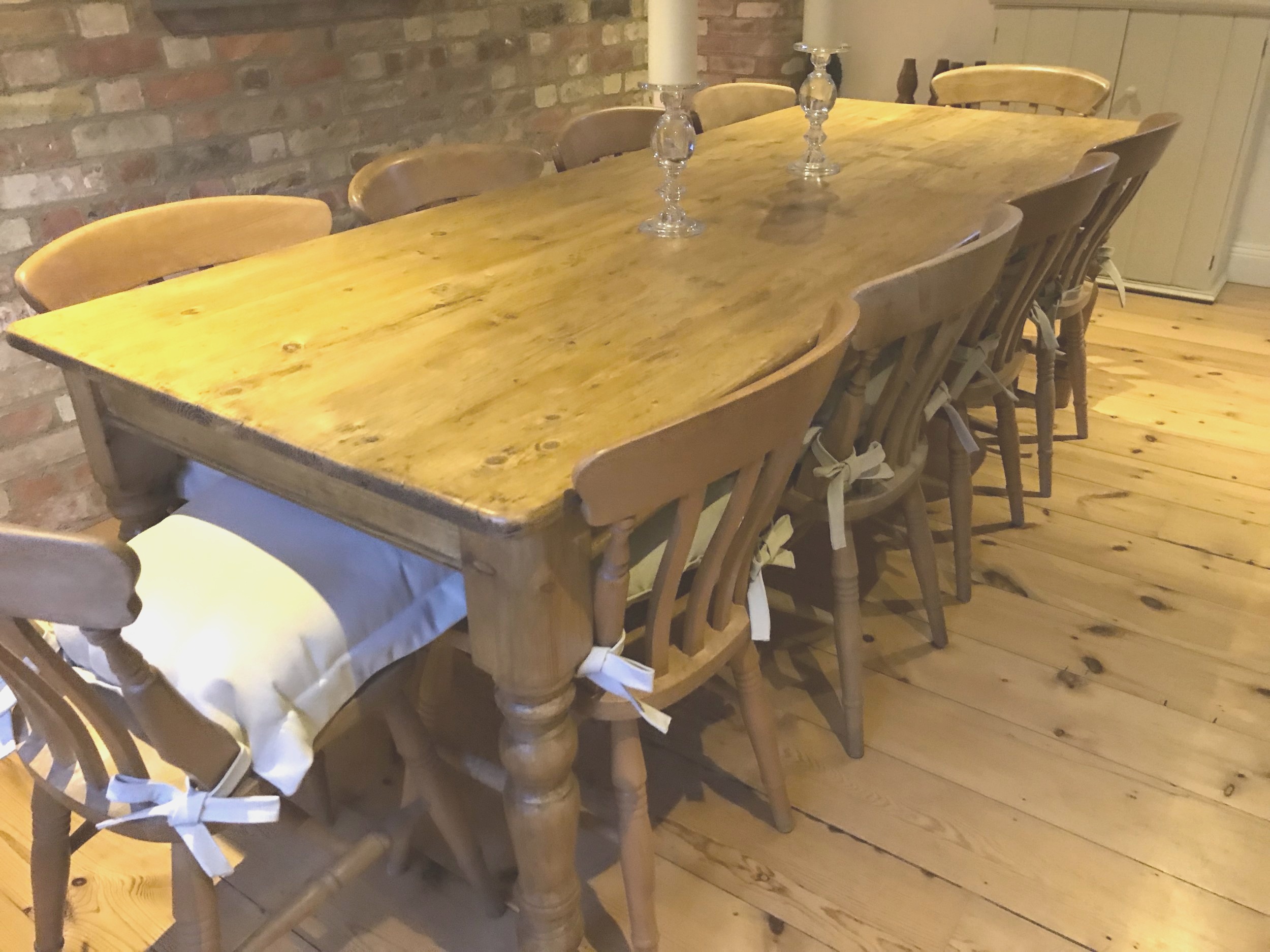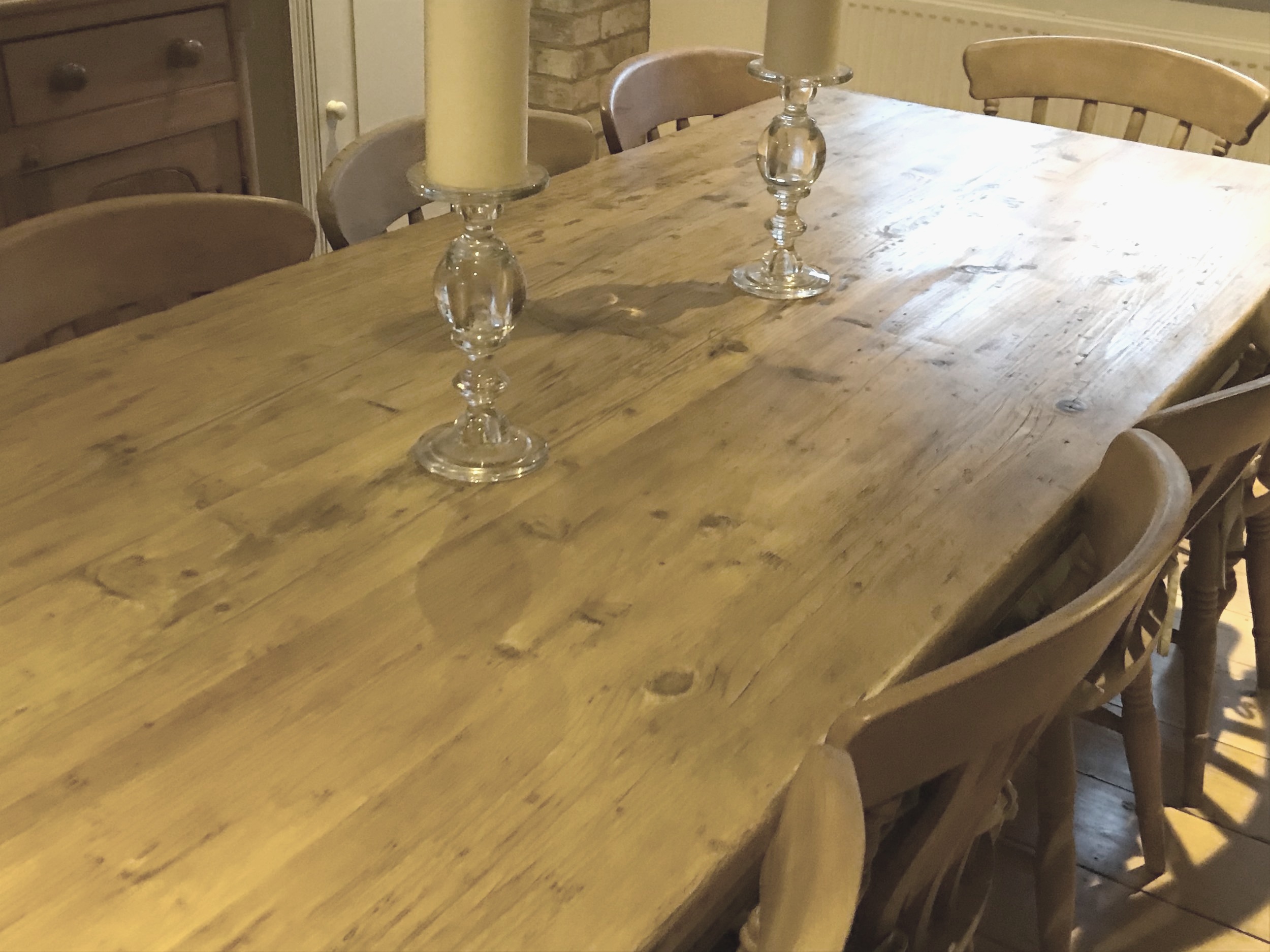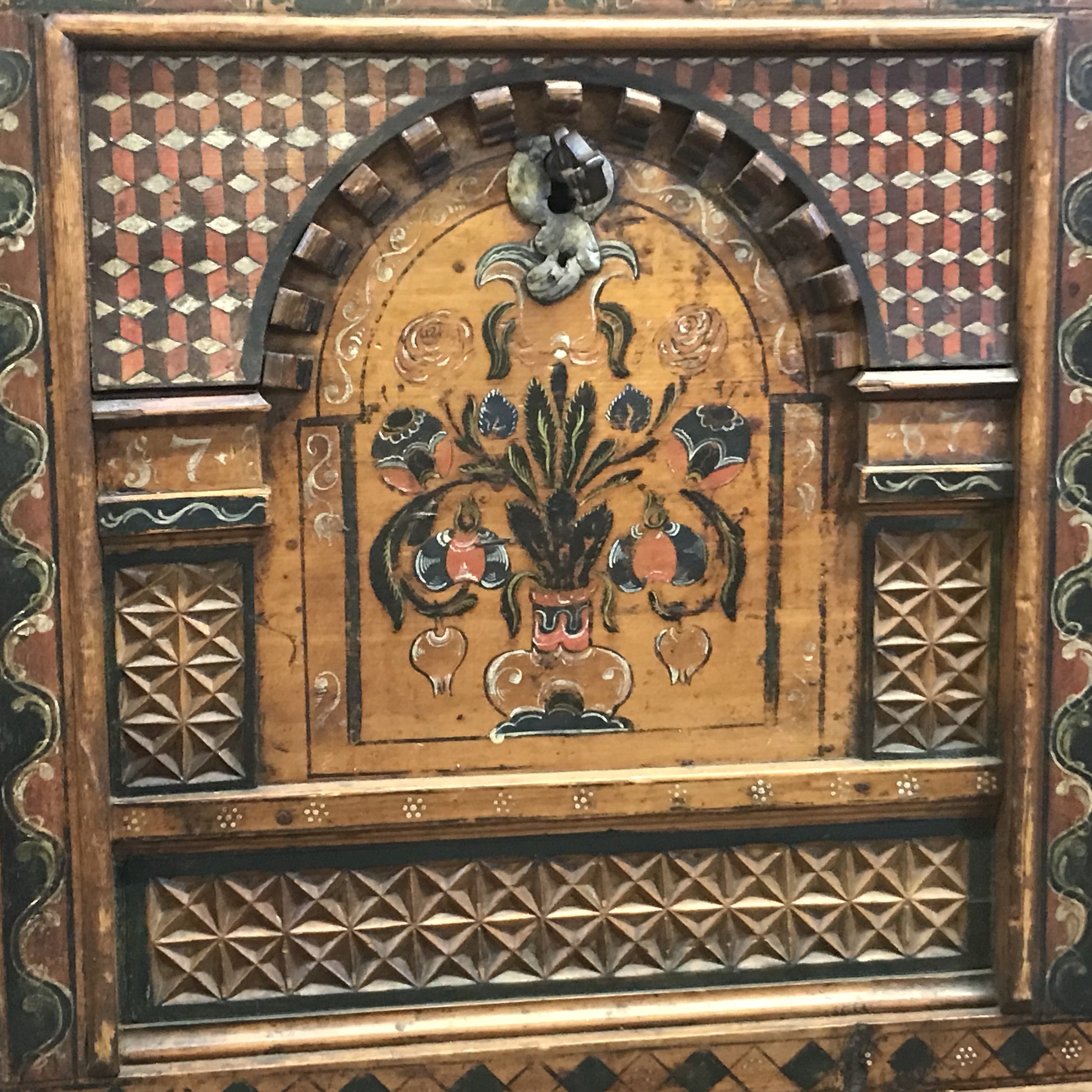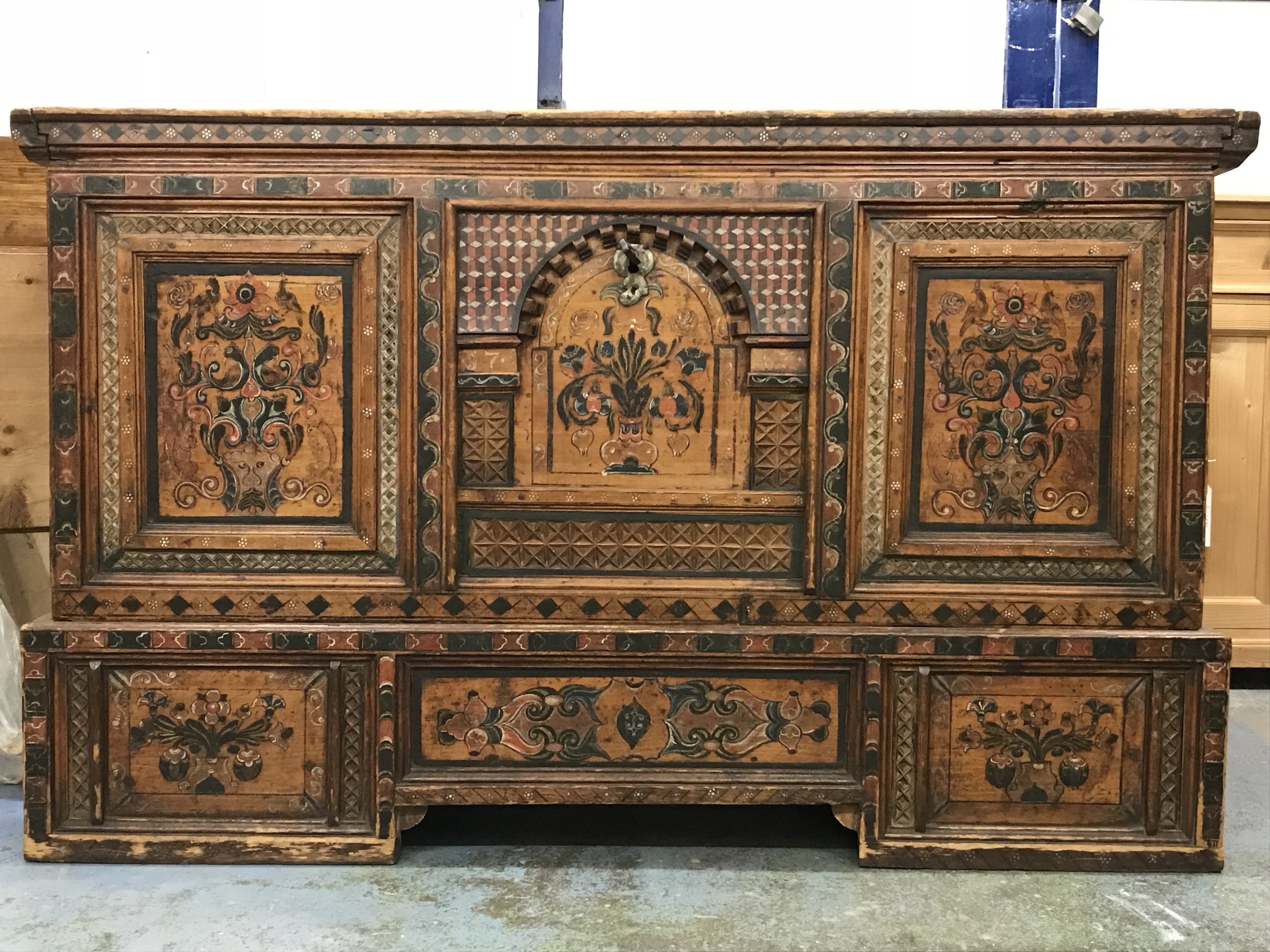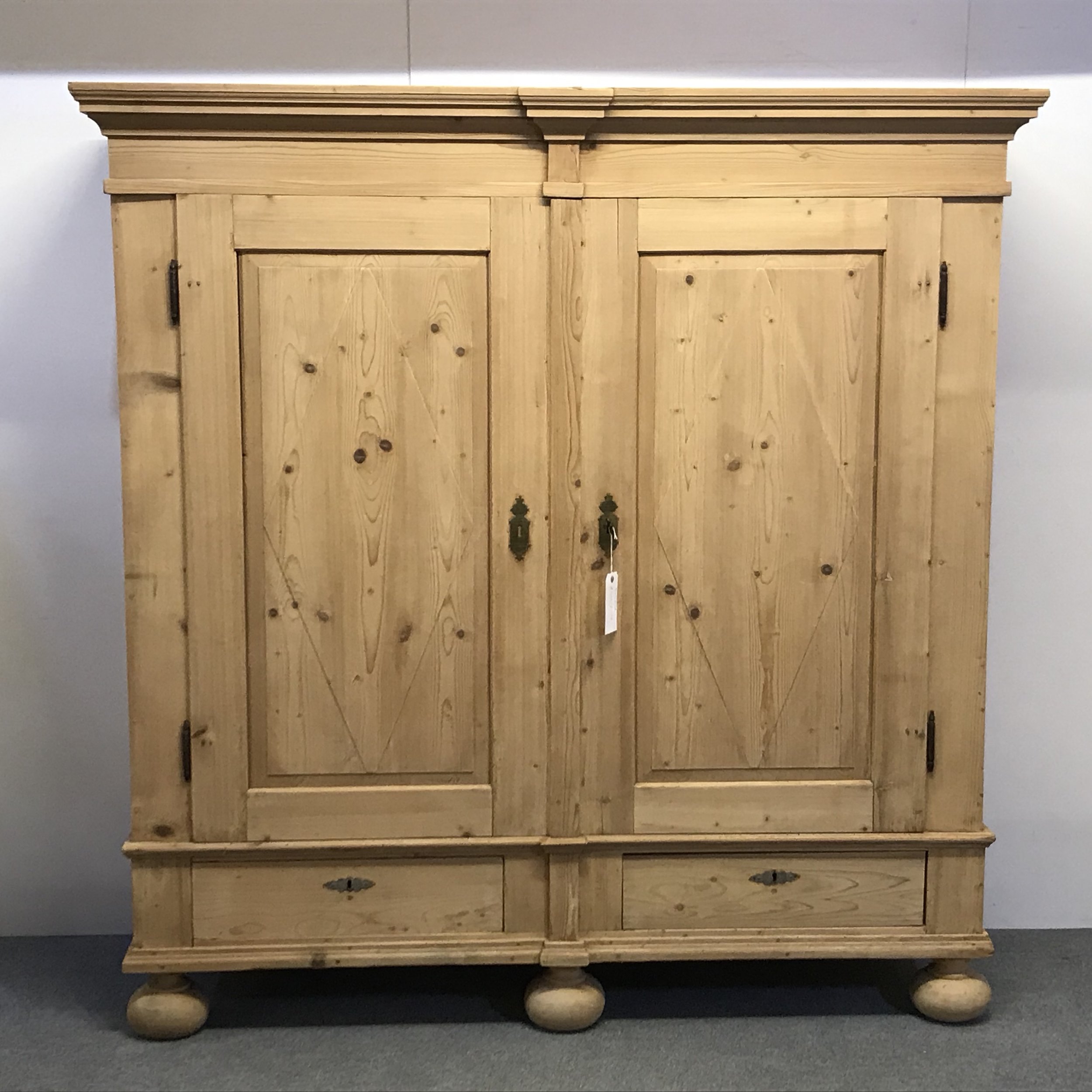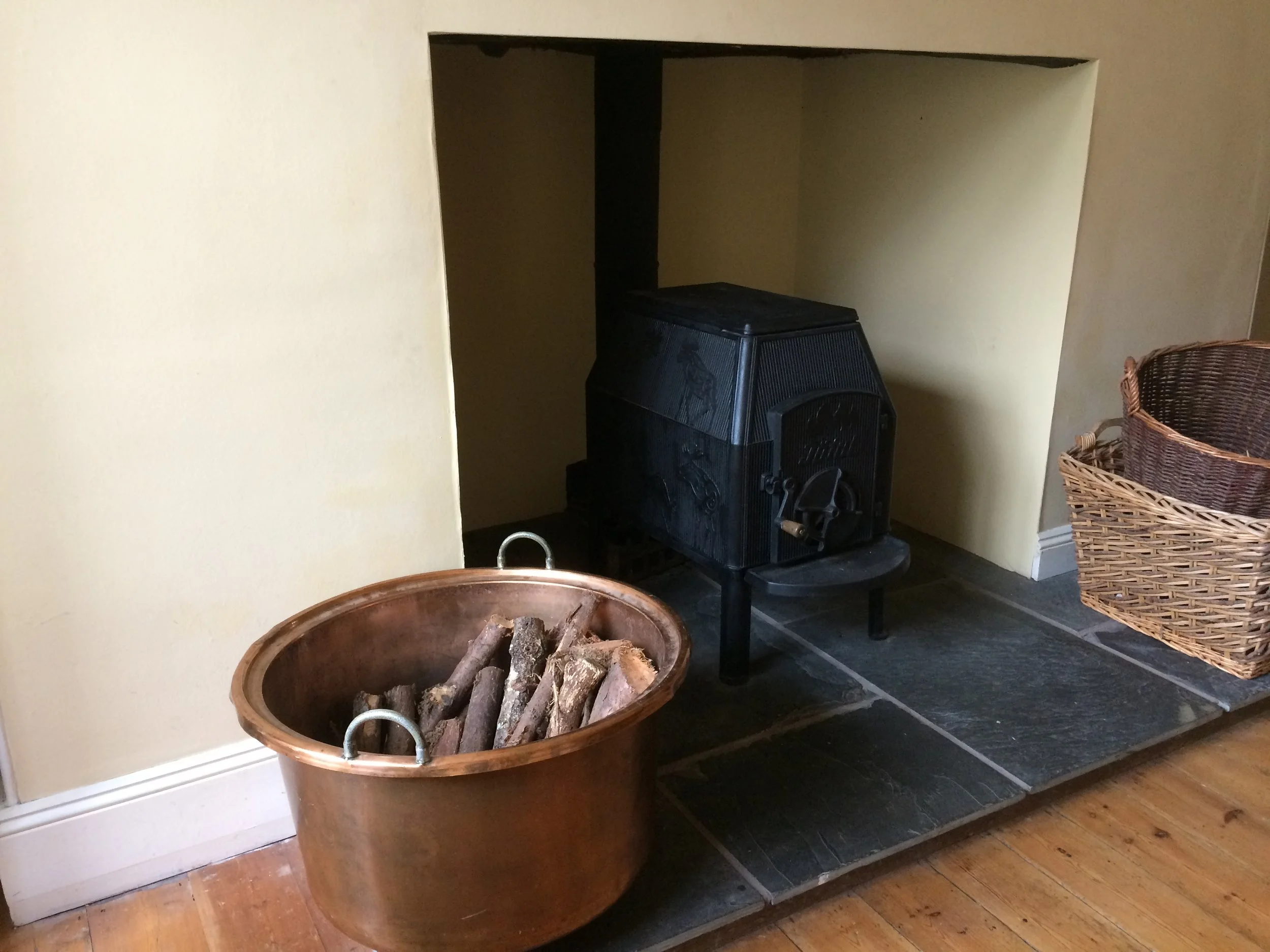Antique pine furniture, particularly cupboards, sideboards, and dresser bases, holds a special place in the realm of vintage decor. The use of pine in furniture dates back centuries, and its enduring popularity can be attributed to both its accessibility and distinctive aesthetic.
Historical Significance: Pine has been a favored material for furniture construction since the Middle Ages. In Europe, where pine trees were abundant, the wood became a staple for crafting furniture due to its workability and durability. The inherent qualities of pine, such as its light color and straight grain, made it an excellent choice for creating functional and aesthetically pleasing pieces.
During the 18th and 19th centuries, pine cupboards, sideboards, and dresser bases became integral components of household furniture. In the United States and Europe, skilled craftsmen crafted these pieces using traditional joinery techniques, showcasing the craftsmanship of the time. These items served practical purposes, providing ample storage for kitchenware, linens, and other household essentials.
Distinctive Features: Antique pine furniture often exhibits a warm, honey-toned patina that develops over time, and is a result of the natural aging process of the wood, also exposure to light and the application of various finishes. The knots and grain patterns in pine can also contribute to the unique character of each piece of furniture.
Cupboards from this era were designed with functionality in mind. They typically feature paneled doors that open to reveal spacious interiors with shelves, providing ample storage space. Sideboards, often found in dining rooms, boast large flat surfaces for serving and display, along with drawers and cabinets for storing silverware and other dining essentials. Dresser bases, used in kitchens, bedrooms, or dining areas, were designed to hold dishes, linens, and other household items.
Regional Styles: Various regions developed distinct styles of antique pine furniture. For example, English pine furniture from the Georgian and Victorian eras often features simple lines, bracket feet, and brass hardware. In contrast, American pine furniture may exhibit a more rustic charm, with influences from Colonial and Shaker design, showcasing clean lines and functional simplicity.
Preserving and Restoring: Preserving the authenticity of antique pine furniture is crucial for collectors and enthusiasts. Proper care involves avoiding direct sunlight to prevent fading, using mild cleaners to gently remove dirt, and maintaining stable humidity levels to prevent warping.
Restoration efforts may include repairing joints, replacing hardware, and, in some cases, refinishing to enhance the wood's natural beauty. However, the goal is often to strike a balance between preserving the original character of the piece and ensuring its continued functionality.
In contemporary interior design, antique pine furniture continues to be sought after for its timeless appeal and ability to add warmth and character to a space. Whether as a focal point in a farmhouse kitchen or as a charming addition to a rustic dining room, these pieces carry with them the rich history of craftsmanship and domestic life.
French Country Pine Furniture: In France, pine furniture took on a distinct flair, particularly during the 18th and 19th centuries. French Country style, often referred to as "Provincial," embraced the natural beauty of pine. Armoires with intricately carved panels, large farm tables with turned legs, and buffets with ornate detailing were common in French homes. The use of paint, often in muted tones like soft blues or creams, added a touch of provincial elegance. These pieces celebrated both functionality and artistic craftsmanship.
Scandinavian Pine Furniture: In Scandinavian countries such as Sweden and Denmark, pine furniture has a long history deeply rooted in simplicity and functionality. Swedish Gustavian furniture, dating from the late 18th century, is characterized by light colors, often painted in pale creams and soft grays. These pieces feature delicate carvings and tapered legs, reflecting the influence of neoclassical design. Danish pine furniture, on the other hand, is renowned for its minimalist and functional approach, with an emphasis on clean lines and organic forms.
American Colonial Pine Furniture: In colonial America, pine was a prevalent choice for furniture due to its abundance. Early American settlers crafted simple, sturdy pieces such as cupboards, chests, and tables. The designs were influenced by English and European styles but adapted to suit the practical needs of the New World. The Shaker style, emerging in the late 18th century, embraced the principles of simplicity, utility, and honesty in design. Shaker pine furniture often featured clean lines, tapered legs, and careful craftsmanship.
Dutch Pine Furniture: In the Netherlands, particularly during the 17th and 18th centuries, pine furniture showcased a distinctive Dutch aesthetic. Large cupboards, often referred to as kasten, were prominent in Dutch homes. These pieces were characterized by heavy moldings, carved details, and paneled doors. The Dutch were also known for their expertise in marquetry, and some pine pieces featured intricate inlay work.
English Cottage Pine Furniture: In rural England, especially during the Victorian era, cottage-style pine furniture gained popularity. Characterized by its quaint charm and simple designs, English cottage furniture often featured turned legs, scalloped edges, and natural finishes that highlighted the beauty of the wood. These pieces were well-suited to the cozy interiors of country cottages and farmhouses.
Colonial Mexican Pine Furniture: In Mexico, colonial-era pine furniture, influenced by Spanish design, is known for its rustic and robust qualities. Handcrafted with wrought iron accents, these pieces often feature bold, geometric patterns and vibrant colors. Rustic armoires, known as "armarios," and sturdy dining tables are common examples of Mexican colonial pine furniture.
These diverse styles of old pine furniture reflect not only the regional characteristics of their countries of origin but also the cultural and societal influences that shaped their designs. Each style tells a unique story, capturing the essence of the time and place in which it was created. Today, the appreciation for these distinct styles continues to fuel the demand for antique pine furniture in homes around the world.









